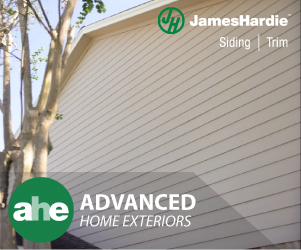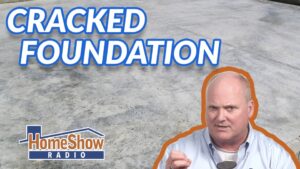Block and base foundation systems are the granddaddy of foundation methods in Texas. Instead of a slab, homes rest upon stacks of blocks built upon stabilized soil. Just like any Texas foundation, though, drought and time can bring problems. See an antique home rescued after a block and base foundation loses it footing to drought-starved ground.
Repairing block and base foundation systems
One advantage to block and base is ease of access. Similar to pier and beam foundation systems, a block and base foundation supports the house 18 inches or higher above the soil. The blocks themselves rest on a base of stabilized soil or a pad. Repairing the home is a matter of adjusting the height of the block stack. Many times metal shims add the needed adjustment. As seen in this video, Du-West Foundation Repair, lifted the home off the blocks where needed and added necessary shims to true the home.
Repairing doesn’t mean leveling
Foundation repair doesn’t necessarily make a home level.Few slabs are absolutely level in the first place. Instead, foundation repair realigns a home within the tolerances of its original construction. Once this is done, doors open and close cleanly, cracks in sheetrock often close up, and windows open and close smoothly.
The universal cause of most foundation problems
We’re blessed to live in Texas. The soil God gave us to build upon, however, is anything but a blessing. Soil in the Houston area is high in plasticity. Plasticity is the measure of how much soil expands when wet and contracts when dry. Foundations of all kinds move because our soil is high in plasticity. One simple remedy is to monitor moisture levels in the soil around your home. A basic foundation watering system can stave off foundation issues due to ground moisture.
































